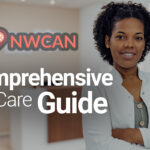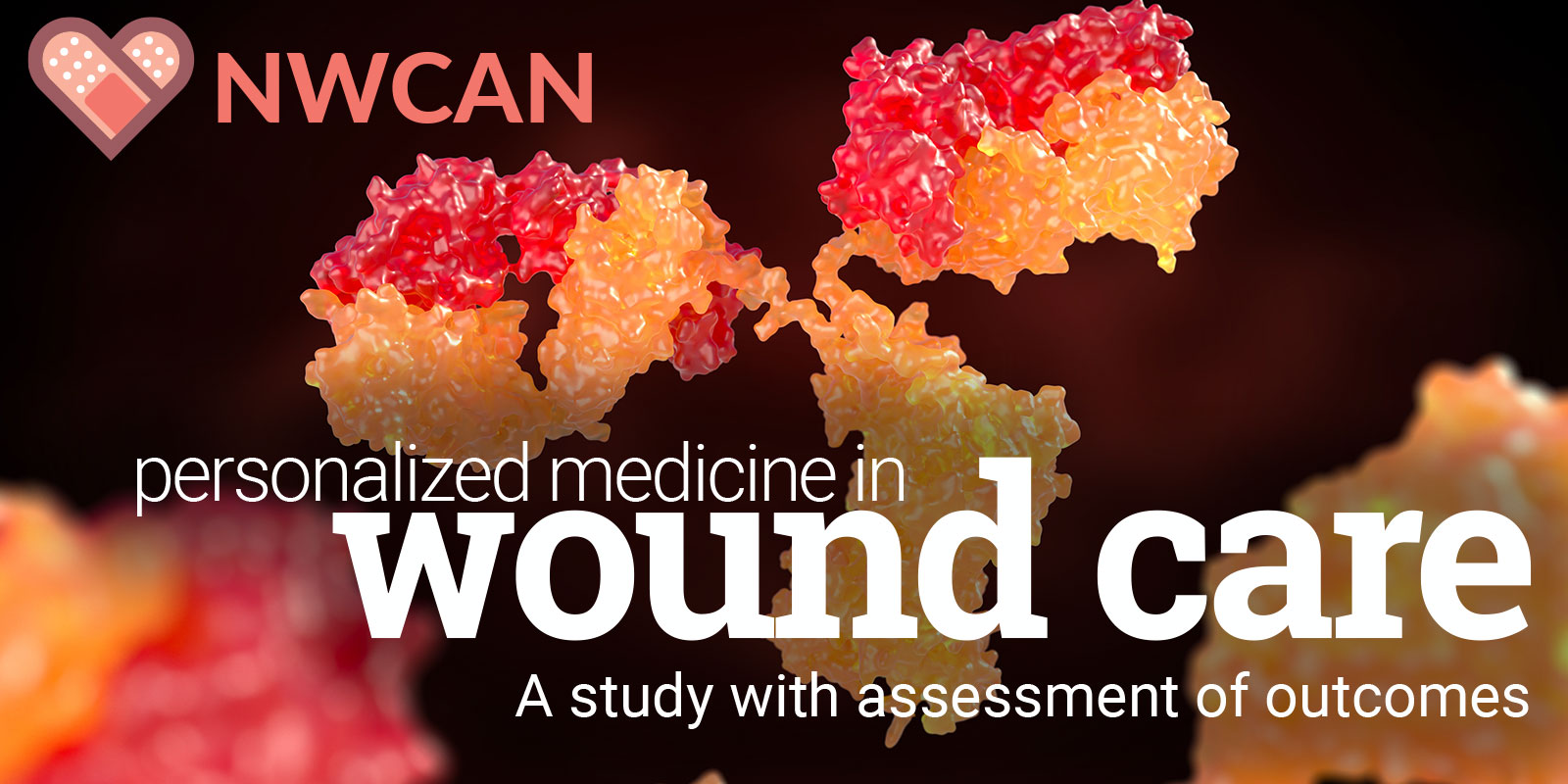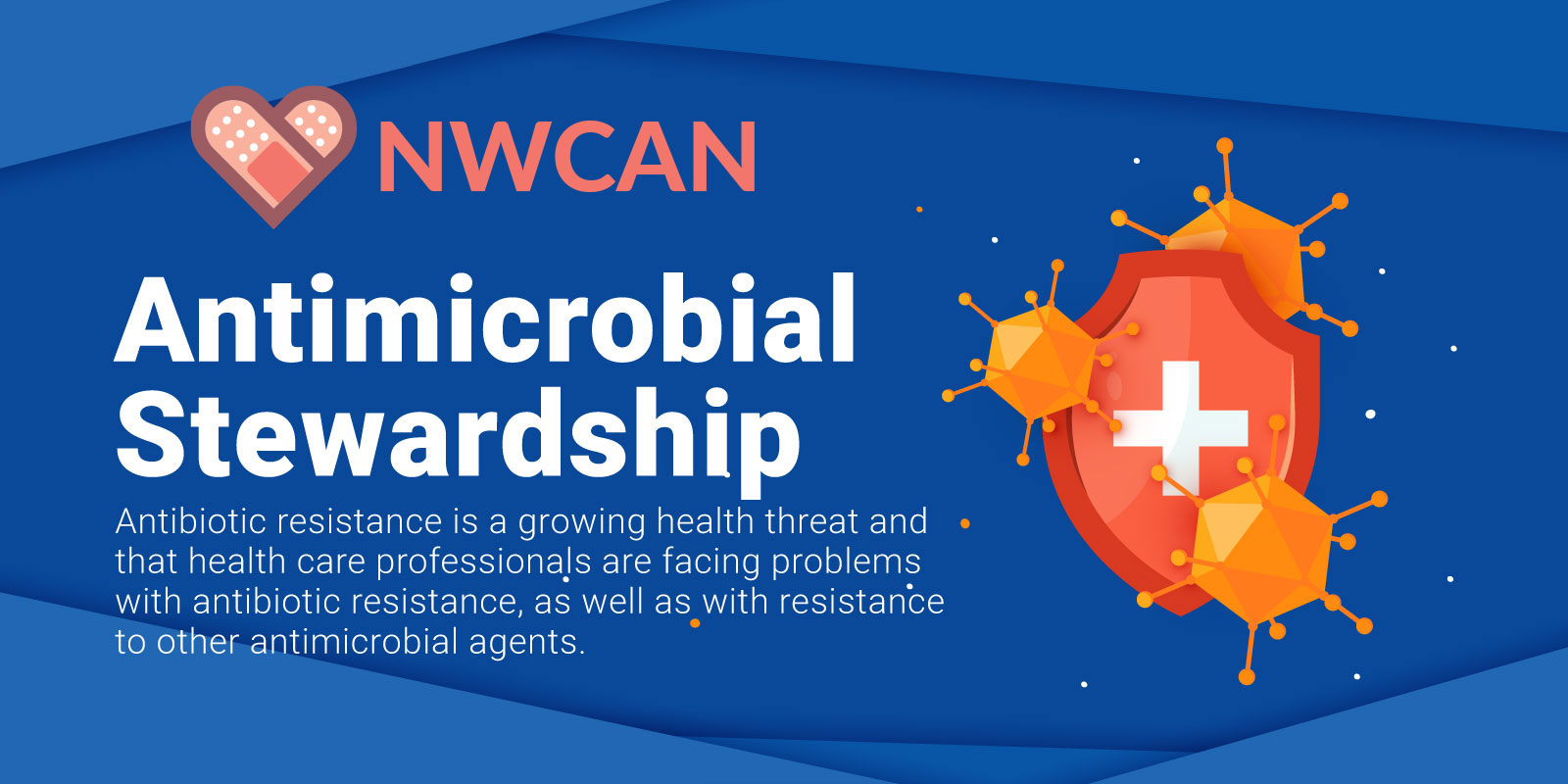
Wound Care: A Comprehensive Guide for Medical Practices
Wound care is a critical aspect of healthcare that focuses on the treatment and facilitation of healing for a wide range of wound types. In this guide, we will explore the various aspects of wound care, including common wound types, essential definitions, wound assessment methods, and best practices for medical practitioners.
Understanding Common Wound Types
Wound care encompasses the treatment of various types of wounds, each with its unique characteristics and challenges. These include:
- Surgical Incisions and Non-Healing Surgical Incisions: Ensuring proper healing and minimizing complications post-surgery.
- Pressure Ulcers (Acute and Chronic): Managing injuries to the skin and underlying tissues, often resulting from prolonged pressure or shear and friction.
- Diabetic-Induced Ulcers: Addressing ulcers that occur in diabetic patients due to impaired wound healing.
- Venous Leg Ulcers: Treating open sores typically found on the lower legs caused by poor circulation.
- Burns: Managing burns of varying degrees and promoting tissue regeneration.
- Traumatic Injuries: Providing care for wounds resulting from accidents or physical trauma.
- Mohs Surgical Wounds: Specialized care for wounds resulting from Mohs surgery, a technique used to treat skin cancer.
Key Definitions in Wound Care
To effectively navigate the world of wound care, it’s essential to understand key terms and concepts:
- Debridement: The process of removing nonviable tissue, debris, and foreign materials from a wound to promote healing and reduce the risk of infection.
- Pressure Ulcer: An injury to the skin and underlying tissues, often occurring over bony prominences, due to prolonged pressure, shear, or friction.
- Wound Dressing: Sterile materials used to absorb exudate, protect the wound, and maintain a moist environment conducive to healing.
- Compression Bandage: Bandages used to apply pressure around the wound site, preventing skin expansion caused by abnormal fluid pressure, such as venous stasis or water retention.
- Skin Substitute: Amniotic tissue materials used to facilitate wound closure when natural healing is insufficient or stalled. Examples include Membrane Wrap™, Dermistat™, and MyOwn Skin™.
- Skin Graft: Surgical transplantation of healthy skin from the patient’s body to match the size and location of the wound, promoting healing.
Wound Assessment: A Vital Component
Wound assessment is a crucial step in providing effective wound care. It involves a thorough evaluation of the wound and the patient’s overall health. Key elements of wound assessment include:
- Visual Inspection: Examining the wound’s appearance, measuring its dimensions (length, width, depth, area, and circumference), and noting conditions like exudate, necrotic tissue, and signs of infection.
- Palpation: Assessing the wound for pain, tenderness, warmth, or induration, which may indicate infection or other complications.
- Measurement: Consistently measuring the wound’s progress using a ruler or other measuring tools to track healing or identify potential issues.
- Evaluating the Surrounding Area: Checking for signs of inflammation, maceration, or other abnormalities in the skin surrounding the wound.
- Assessment of the Patient: Considering the patient’s overall health, comorbidities, and lifestyle factors that may affect wound healing, such as smoking, COPD, substance use, homelessness, or alcohol consumption.
- Documentation: Maintaining meticulous records of findings, measurements, treatments, and their outcomes. Consistent and accurate documentation is crucial for tracking progress and planning future treatments.
Conclusion
Wound care is a complex and multifaceted field that demands precision, expertise, and attention to detail from medical practitioners. By understanding common wound types, key definitions, and the importance of thorough wound assessment, healthcare providers can offer the best possible care to patients with wounds of all kinds. Effective wound care not only promotes healing but also improves the overall quality of life for patients. As the field continues to evolve, staying informed and adopting best practices is essential for healthcare professionals committed to providing exceptional wound care.











